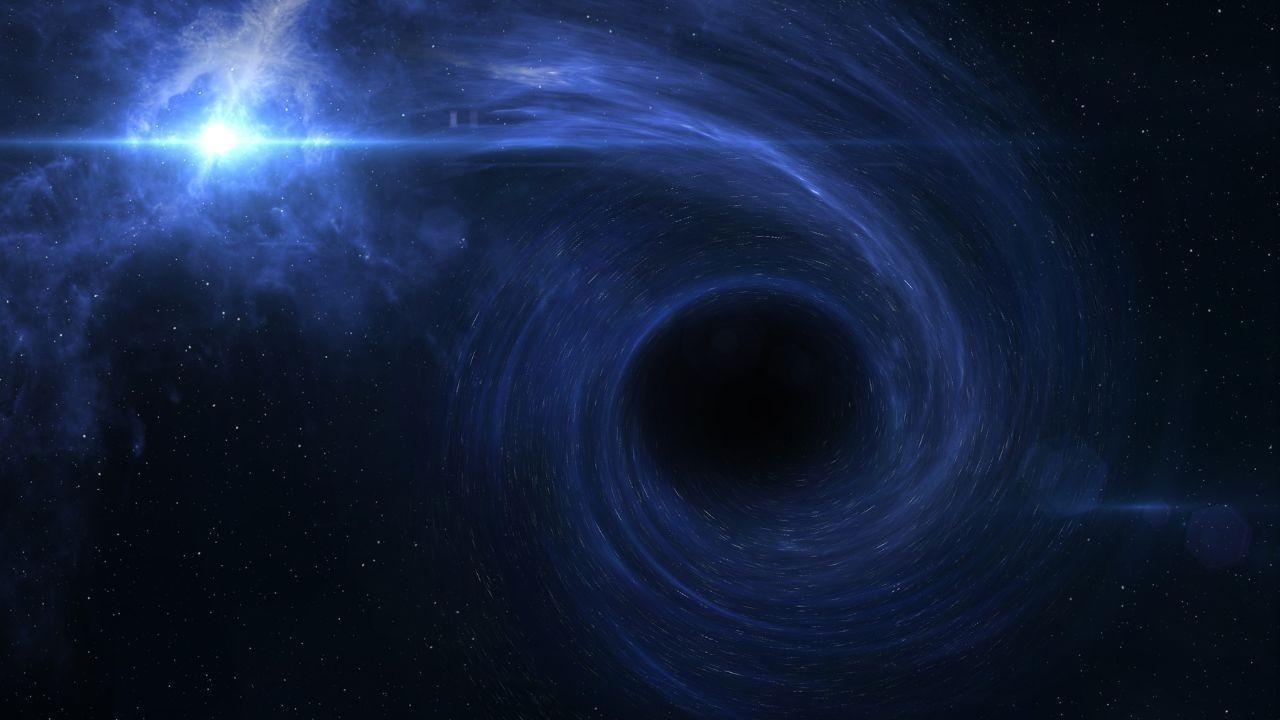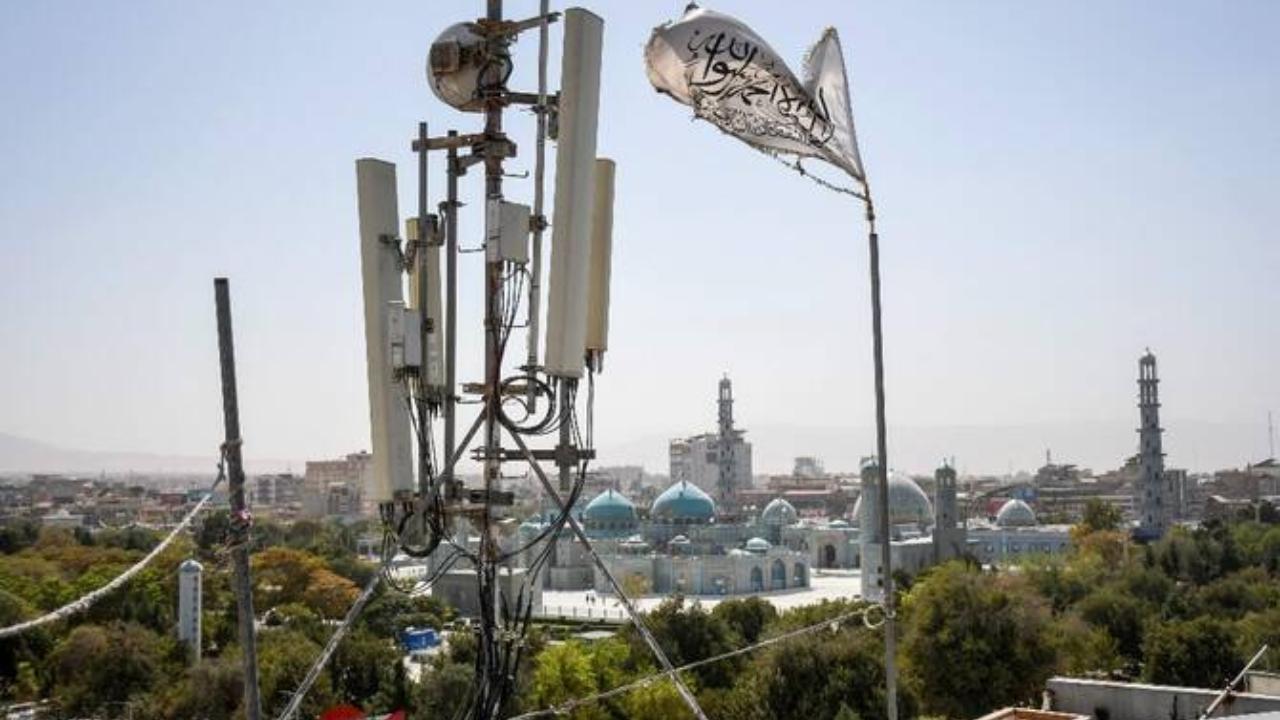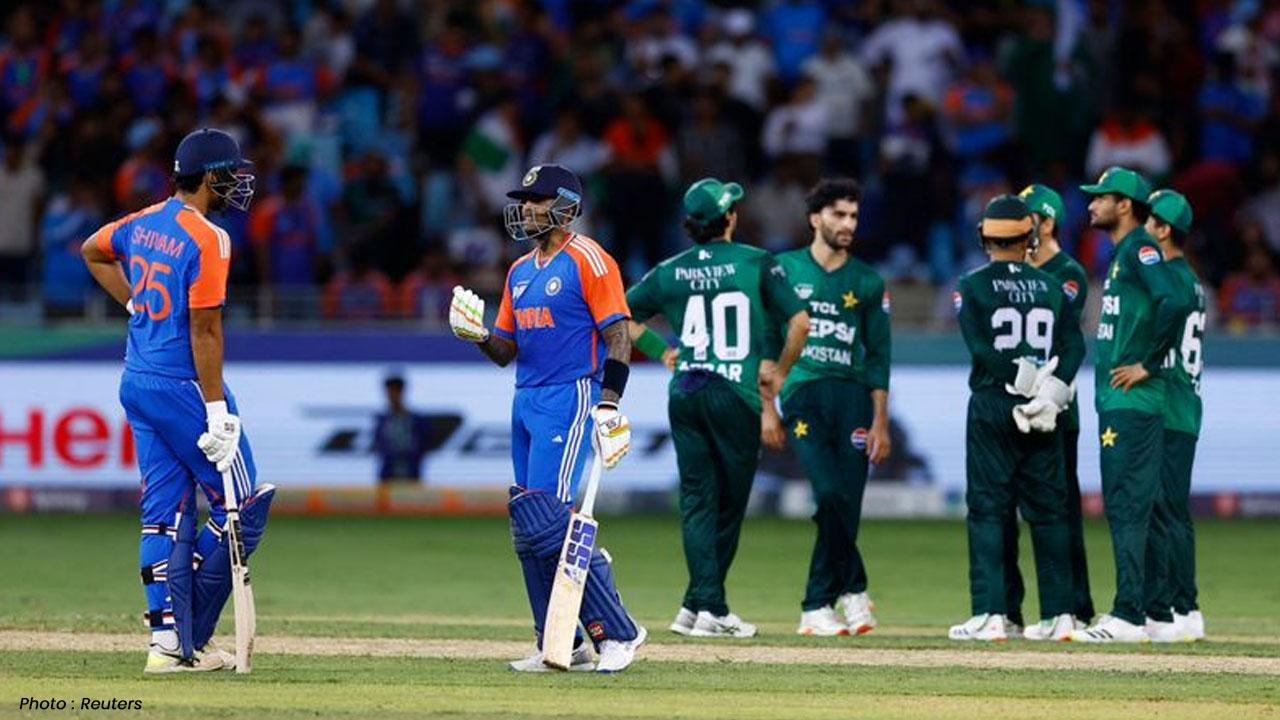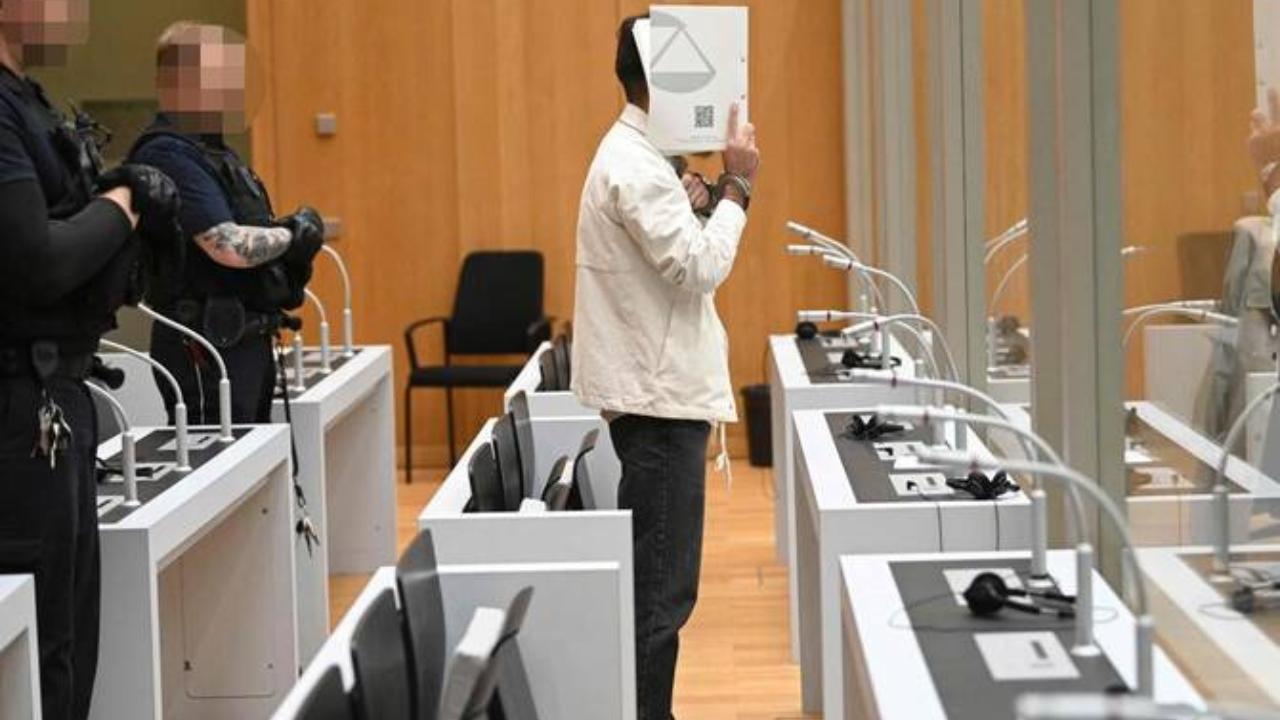
Join 10k+ people to get notified about new posts, news and tips.
Do not worry we don't spam!

Post by : Raman
The universe is full of wonders and mysteries. Every day, scientists work hard to discover more about space and how it works. Recently, scientists made a groundbreaking discovery. For the first time ever, they measured the speed at which a newly formed black hole moved after two black holes collided. This event is a big step in helping us understand the most powerful events in space and how black holes grow and change the universe.
Black holes are places in space where gravity is extremely strong. The pull of gravity is so powerful that even light cannot escape. Black holes often wander through space alone. But sometimes, two black holes come close to each other and merge. When this happens, they form a bigger black hole and send out ripples in space, known as gravitational waves.
Gravitational waves were first predicted by Albert Einstein more than 100 years ago in his theory of general relativity. But scientists could only observe these waves for the first time in 2015. Since then, gravitational waves have opened a brand new way to study space.
One special event happened in 2019. Scientists detected a gravitational wave signal named GW190412. This signal came from two black holes that had very different sizes. One was much bigger than the other, which is rare. Because of the size difference, the new black hole received a very strong "push," which scientists call a natal kick.
The new black hole moved through space at an amazing speed of 111,600 miles per hour (or 179,600 kilometers per hour). This speed was so high that the black hole left the star cluster where it was formed.
To give you an idea of how fast that is, imagine driving a car at 100 miles per hour. Now, multiply that by over 1,000! That’s the speed at which this black hole is traveling in space.
Scientists used three powerful observatories to detect the gravitational wave signal GW190412:
Advanced LIGO in Louisiana, USA
Advanced LIGO in Washington State, USA
Virgo in Italy
When black holes collide, they release gravitational waves that travel across space. These waves carry important information about the collision, such as the size of the black holes, their masses, and how they moved during the collision.
In this case, the two black holes had masses of 29.7 times and 8.4 times the mass of the Sun. By studying the gravitational waves from different locations on Earth, scientists figured out the direction and speed of the recoil — the push that sent the black hole zooming across space.
This discovery was published in the scientific journal Nature Astronomy on 9 September 2025.
Measuring the speed of a black hole’s recoil is not just a number—it tells us a lot about the universe.
Some black holes are supermassive, meaning they are billions of times heavier than the Sun. These supermassive black holes sit in the middle of big galaxies and play a huge role in shaping them. By measuring how black holes move after collisions, scientists can learn how these supermassive giants are built over time.
If the kick is strong enough, the new black hole will fly away from its star cluster and never merge again. This can slow down the growth of huge black holes in the universe.
Each new black hole collision helps scientists test Einstein’s theory of general relativity. The gravitational waves produced in these collisions confirm predictions made by Einstein over a century ago. Every new event helps scientists confirm or improve their understanding of space and gravity.
Astrophysicist Koustav Chandra from Pennsylvania State University said, “This is one of the few events we can fully reconstruct.” Knowing the speed, direction, and outcome helps scientists better understand these rare cosmic events.
Before this discovery, scientists could only guess how black holes moved after a collision. They used computer simulations to study possible scenarios but never had real data to confirm their guesses.
This time, for the first time, scientists were able to measure it directly using gravitational wave signals and observatories. This made the discovery very important and a huge breakthrough in space science.
Scientists are not stopping here. They are planning to study many more black hole collisions in the future. They want to combine information from gravitational waves with other kinds of observations, like light or electromagnetic signals. This method is called multi-messenger astronomy.
With more data, scientists hope to answer big questions such as:
How do black holes grow to become supermassive?
How do these "kicks" affect the way galaxies are built?
Can we predict the paths of black holes that are ejected into space?
Each discovery brings scientists one step closer to understanding the biggest and most powerful objects in the universe.
Even though black holes seem far away, they help us understand how the universe works. This discovery shows that we are not just observing space from far away but that we can also measure the outcome of extreme cosmic events.
By measuring a black hole’s recoil velocity, scientists proved that collisions in space can cause newly formed black holes to move at amazing speeds. This helps us know more about the life cycle of black holes and the future of galaxies.
It also shows that science is moving fast. New technologies and observatories are helping scientists study space in more detail than ever before.
Black holes remain one of the most mysterious objects in the universe. But every discovery brings more light to the unknown. The measurement of a black hole’s speed after a collision is a huge step forward. It is proof that scientists can now not only detect gravitational waves but also learn the real outcomes of events billions of light-years away.
As the search for cosmic secrets continues, the universe will continue to amaze us. Scientists are ready, using new methods and better tools, to uncover the hidden powers of space.
This discovery reminds us that even the largest and most powerful objects in the universe are not beyond our understanding. They have stories to tell, and now, thanks to gravitational wave research, we are able to listen.
Black Hole Collision, Gravitational Waves, GW190412, Space Discovery, Black Hole Speed, Cosmic Events










Israel Expands Gaza City Operation, Residents Told to Leave
Israel widens Gaza City operation, urges residents to evacuate soon.

Taliban Bans WiFi in Afghan Province to Stop Immorality
Taliban bans WiFi in Afghan province, citing rise in immorality.

Trump may meet Zelensky next week to push for peace talks
Trump and Zelensky may meet next week to hold fresh peace talks.

Afghan Man Gets Life Sentence in Germany for Rally Stabbing
Afghan man sentenced to life in Germany over fatal rally stabbing.

Google Gemini AI Saree Trend Goes Wrong, Users Report ‘Creepy’ Edits
Google Gemini’s Nano Banana AI saree selfies trend sparks safety concerns as some edits appear creep

Pakistan Army Kills 31 Militants as Security Operations Rise
Army kills 31 militants amid rising presence and crackdown

Hundreds Mourn Yemeni Journalists Killed in Israeli Airstrikes
Funeral held for 31 Yemeni reporters killed in Israeli strikes.

Shipowner Tied to Beirut Port Blast Arrested in Bulgaria
Owner tied to Beirut blast caught in Bulgaria after long search.